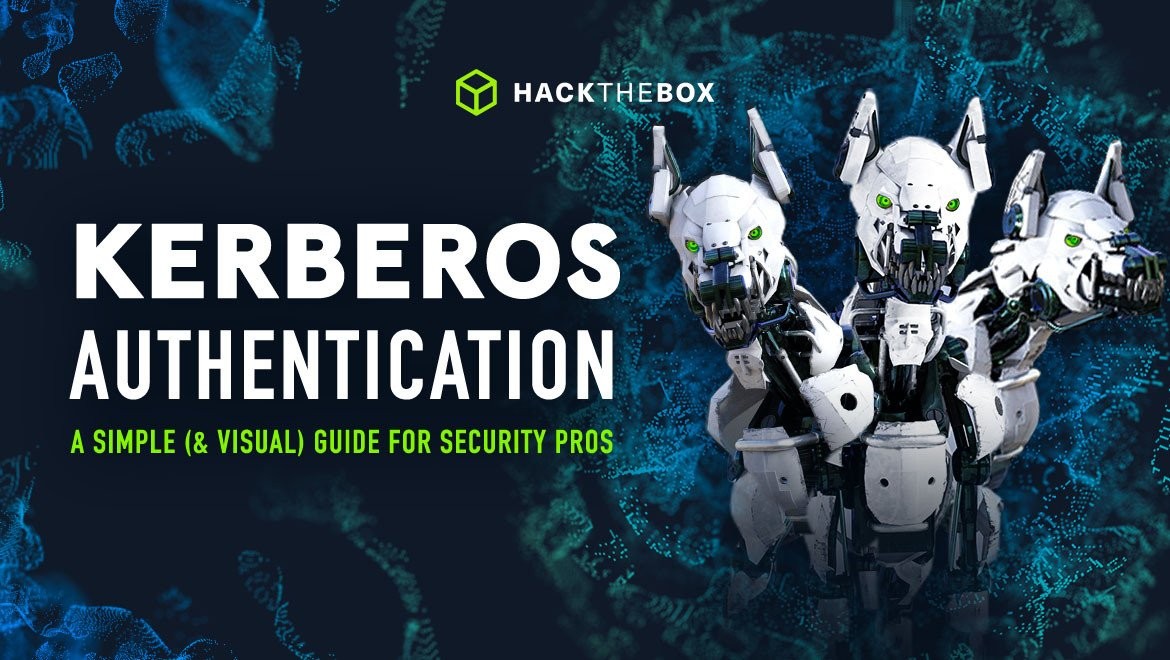Introduction: When it comes to software applications, security is the most important factor. The ongoing advancement of technology makes it more difficult to guarantee the security of user information and sensitive data. This is where the network authentication protocol Kerberos comes into play. This article will examine the most recent developments in the field of software applications and examine how Kerberos functions inside the software application business.
What is Kerberos?
Kerberos, named after the three-headed dog from Greek mythology that guards the entrance to the underworld, is an authentication protocol developed by MIT. It operates on the basis of tickets and is designed to provide secure authentication for client-server applications in a network environment.
At its core, Kerberos relies on a trusted third-party authentication server, known as the Key Distribution Center (KDC). The KDC issues tickets to users, which they can present to access network services without needing to transmit their credentials over the network.
How Kerberos Works
The Kerberos authentication process involves several key components:
Authentication Server (AS): When a user attempts to access a network service, they first authenticate themselves with the AS by providing their credentials (username and password). The AS verifies the user’s credentials and generates a Ticket Granting Ticket (TGT) encrypted with a session key.
Ticket Granting Service (TGS): Upon receiving the TGT, the user presents it to the TGS along with a request for a specific service. The TGS verifies the TGT and issues a service ticket encrypted with a session key for the requested service.
Client-Server Authentication: Finally, the user presents the service ticket to the desired network service. The service authenticates the user by decrypting the service ticket using the session key. If the authentication is successful, the user is granted access to the service.
Advancements in Kerberos
Over the years, Kerberos has undergone significant advancements to enhance its security and functionality:
Support for Cross-Realm Authentication: Kerberos now supports cross-realm authentication, allowing users from different Kerberos realms to access resources in a trusted manner. This enables seamless collaboration and integration between organizations.
Integration with Single Sign-On (SSO) Solutions: Kerberos has been integrated with SSO solutions, enabling users to authenticate once and access multiple services without the need for repeated authentication. This improves user experience and productivity while maintaining security.
Enhanced Encryption Algorithms: With the rise of sophisticated cyber threats, Kerberos has adopted stronger encryption algorithms to protect against unauthorized access and data breaches. This ensures that sensitive information remains secure in transit.
Integration with Cloud Services: As organizations increasingly migrate their infrastructure to the cloud, Kerberos has been adapted to seamlessly integrate with cloud-based services. This ensures consistent authentication and security across hybrid environments.
Conclusion
In conclusion, Kerberos plays a crucial role in ensuring secure authentication within the software application industry. Its robust security mechanisms and continuous advancements make it a preferred choice for protecting sensitive data and resources in a networked environment. As technology continues to evolve, Kerberos will likely evolve further to address emerging security challenges and meet the evolving needs of organizations worldwide.
What is Kerberos authentication?
Kerberos authentication is a network authentication protocol that allows users to securely authenticate themselves to network services without transmitting their credentials over the network. It relies on a trusted third-party authentication server and uses tickets to verify users’ identities.
How does Kerberos enhance security in software applications?
Kerberos enhances security by using strong encryption algorithms to protect authentication credentials and tickets exchanged between clients and servers. It also employs mutual authentication, ensuring that both parties verify each other’s identities before granting access to resources.
What are the key components of Kerberos?
The key components of Kerberos include the Authentication Server (AS), which verifies users’ credentials and issues Ticket Granting Tickets (TGTs), the Ticket Granting Service (TGS), which issues service tickets for requested services, and the client-server applications that authenticate users and grant access to resources.
How does Kerberos support single sign-on (SSO) solutions?
Kerberos supports SSO solutions by allowing users to authenticate once and access multiple services without the need for repeated authentication. Once authenticated, users receive tickets that can be used to access various network resources without entering their credentials again.
What advancements have been made in Kerberos technology?
Advancements in Kerberos technology include support for cross-realm authentication, integration with SSO solutions and cloud services, adoption of stronger encryption algorithms, and enhancements to ensure compatibility with modern network environments. These advancements aim to improve security, scalability, and interoperability in software applications.


